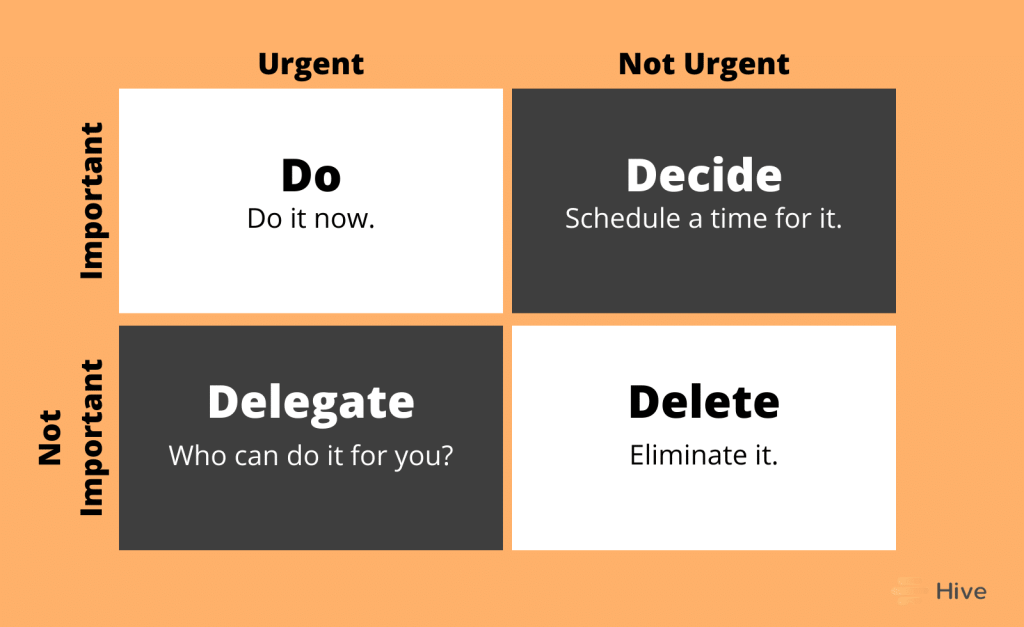
President Dwight D. Eisenhower’s productivity secret – the Urgent/Important matrix – remains one of the most effective prioritization tools 70 years later. Research from the Harvard Business Review shows that executives who use this method make better decisions 89% of the time. Here’s how to apply it to your daily tasks.
Understanding the Four Quadrants
The matrix divides tasks into:
- Quadrant 1 (Urgent/Important): Crises, deadlines (manage)
- Quadrant 2 (Not Urgent/Important): Planning, relationships (focus)
- Quadrant 3 (Urgent/Not Important): Interruptions, some emails (limit)
- Quadrant 4 (Not Urgent/Not Important): Trivia, time-wasters (eliminate)
Applying the Matrix
Step-by-step process:
- List all current tasks and projects
- Categorize each into a quadrant
- For Q1: Schedule specific time to address
- For Q2: Protect time in calendar (most valuable)
- For Q3: Delegate or batch process
- For Q4: Eliminate entirely
Advanced Applications
Beyond basic task management:
- Relationship investment: Identify key people to nurture (Q2)
- Skill development: Schedule learning in Q2 before it becomes urgent
- Preventive maintenance: Address small issues before they become Q1 crises
Common Pitfalls
Mistakes to avoid:
- Misclassifying urgent tasks as important
- Neglecting Q2 until it becomes Q1
- Allowing others to dump Q3 tasks on you
- Rationalizing Q4 activities as “breaks”
A 2023 productivity study found that professionals who used the Eisenhower Matrix for 30 days reported working 4.3 fewer hours weekly while accomplishing more meaningful work. The matrix helps shift from reactive firefighting to proactive, value-driven work – the hallmark of truly effective people.



